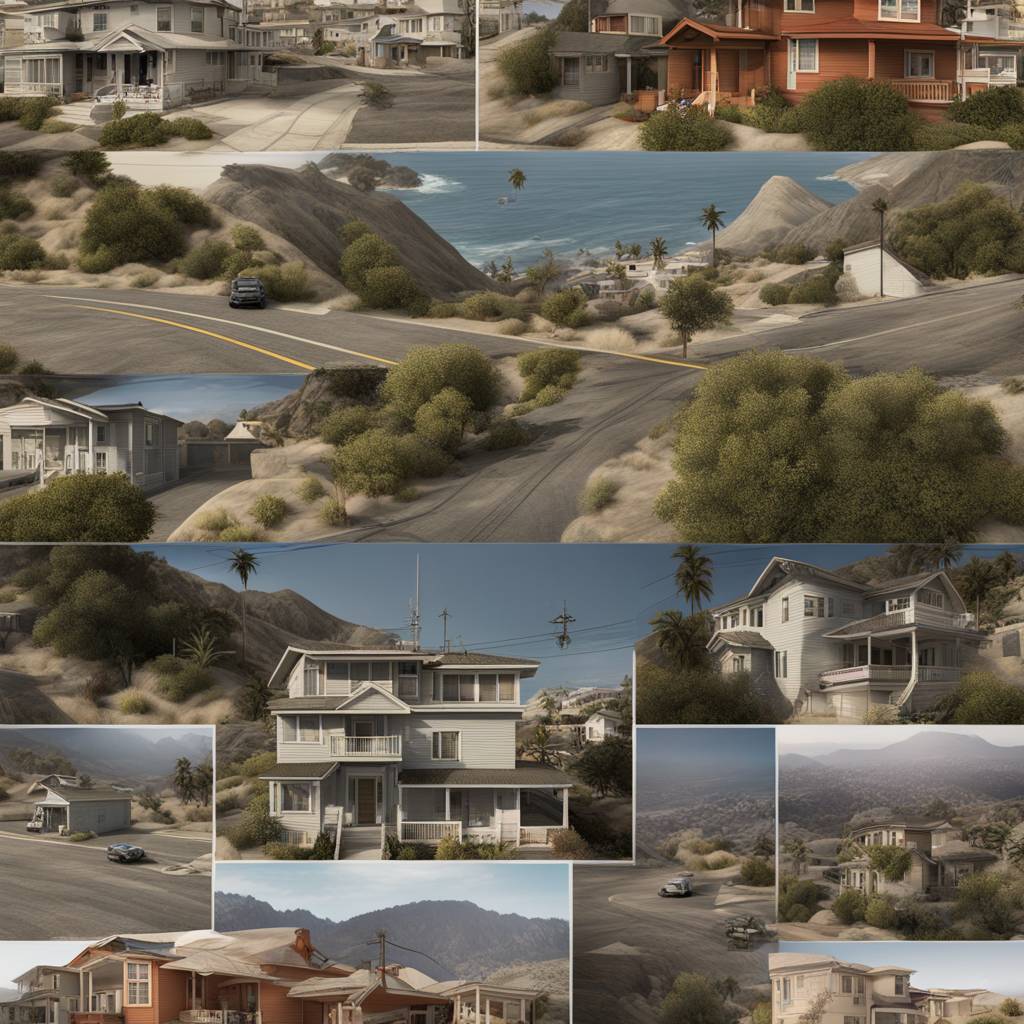Scientists are warning that a region of the San Andreas Fault in California could produce a significant earthquake in the near future. This fault line, which runs for over 800 miles and marks the boundary between two tectonic plates, has the potential to generate powerful earthquakes when the pressures between the plates are released. Researchers from the University of California in Berkeley, the U.S. Geological Survey, and the National Institute of Geophysics and Volcanology in Rome, Italy have been studying a part of the fault in Parkfield, California, where earthquakes tend to occur in a pattern roughly every 22 years.
The last earthquake in Parkfield took place in 2004, around 14 years after the expected timeframe, indicating that another earthquake could be imminent. Scientists are trying to develop a more accurate method to predict these earthquakes by examining the seismic waves before the last event. They found that there was a decrease in high-frequency waves and a lack of increasing energy in low-frequency waves prior to the earthquake, which is known as attenuation. However, researchers noted that the fault line may be behaving differently this time, potentially leading to a different pattern of seismic activity.
There are signs of increasing pressure in certain areas of the fault that could eventually trigger an earthquake, possibly with a displaced epicenter. Researchers observed that between 2001 and the end of 2003, there was a significant increase in the variance of the attenuation parameter, followed by a decrease in coincidence with the San Simeon earthquake. A similar increase in variance was seen between 2011 and early 2020, with the variance dropping in mid-2021 on the Pacific side of the fault and remaining low ever since. These findings may aid scientists in predicting future earthquakes along the San Andreas Fault.
Luca Malagnini of the National Institute of Geophysics and Volcanology in Italy suggested that an earthquake could potentially occur in the Parkfield area this year, although it cannot be predicted with certainty. The region is not as densely populated as other areas along the fault line, so the impact of such an earthquake may not be as severe. Concerns have been raised about the possibility of a major earthquake, often referred to as “the big one,” along the San Andreas Fault due to high stress levels in multiple segments. The U.S. Geological Survey has previously forecasted a magnitude 6.7 earthquake along the fault line within the next 30 years.
Newsweek is dedicated to exploring unconventional perspectives and seeking common ground in various topics, including scientific discoveries and natural phenomena. If you have insights on a science story or queries about earthquakes, you can reach out to Newsweek via science@newsweek.com. Researchers are continuously monitoring the San Andreas Fault and working to enhance earthquake prediction methods to help mitigate potential risks and impacts of future seismic events.


